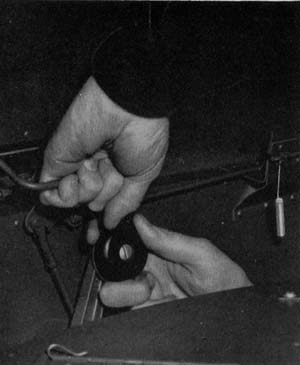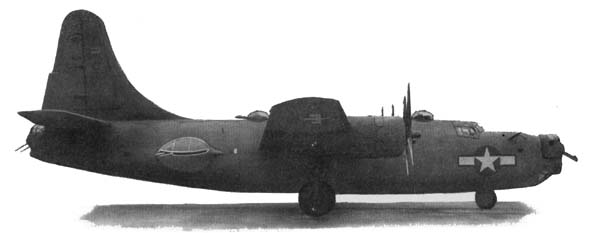Getting In Remember, a
bow turret is no place to be while landing or taking off. Your weight in the bow
puts undue stress on the airplane— besides making the plane unbalanced; therefore,
never enter the turret until the plane is in full flight. Entering the Martin
Ball Turret presents little difficulty if you take the following steps. Before
you get in, have your flight engineer turn on the bow turret switch on
the flight engineer's panel. Outside the turret in a junction box, conveniently
located near the turret on a bulkhead, is a red indicator light and a turret
switch, which turns the power to the turret on and off. In the turret is a
similar switch marked main power with a red indicator light off
to the side. Wait until you are in the turret to turn on the current, as the switch
on the outside junction box is to be used for emergency purposes only. Facing
forward, enter the turret through the opening in the bottom and reach up, grasping
the top of the face armor plate to assist in pulling yourself in. Once inside,
reach down on your left side and release the seat lock, allowing the seat
to follow the track to its seated position. Seat yourself and look through the
sight to determine if you are at the proper height. If not, reach down under the
seat with your right hand and grasp the seat-adjustment handle. With your thumb
release the catch on the handle freeing the seat, and by moving the seat-adjustment
handle up or down the seat will raise or lower. When you are at the proper
height, allow the catch to spring back and re-engage; this locks the seat at the
height you have selected. Adjust and fasten the safety belt. You will need it
in this turret.
|  |





































 \
\





